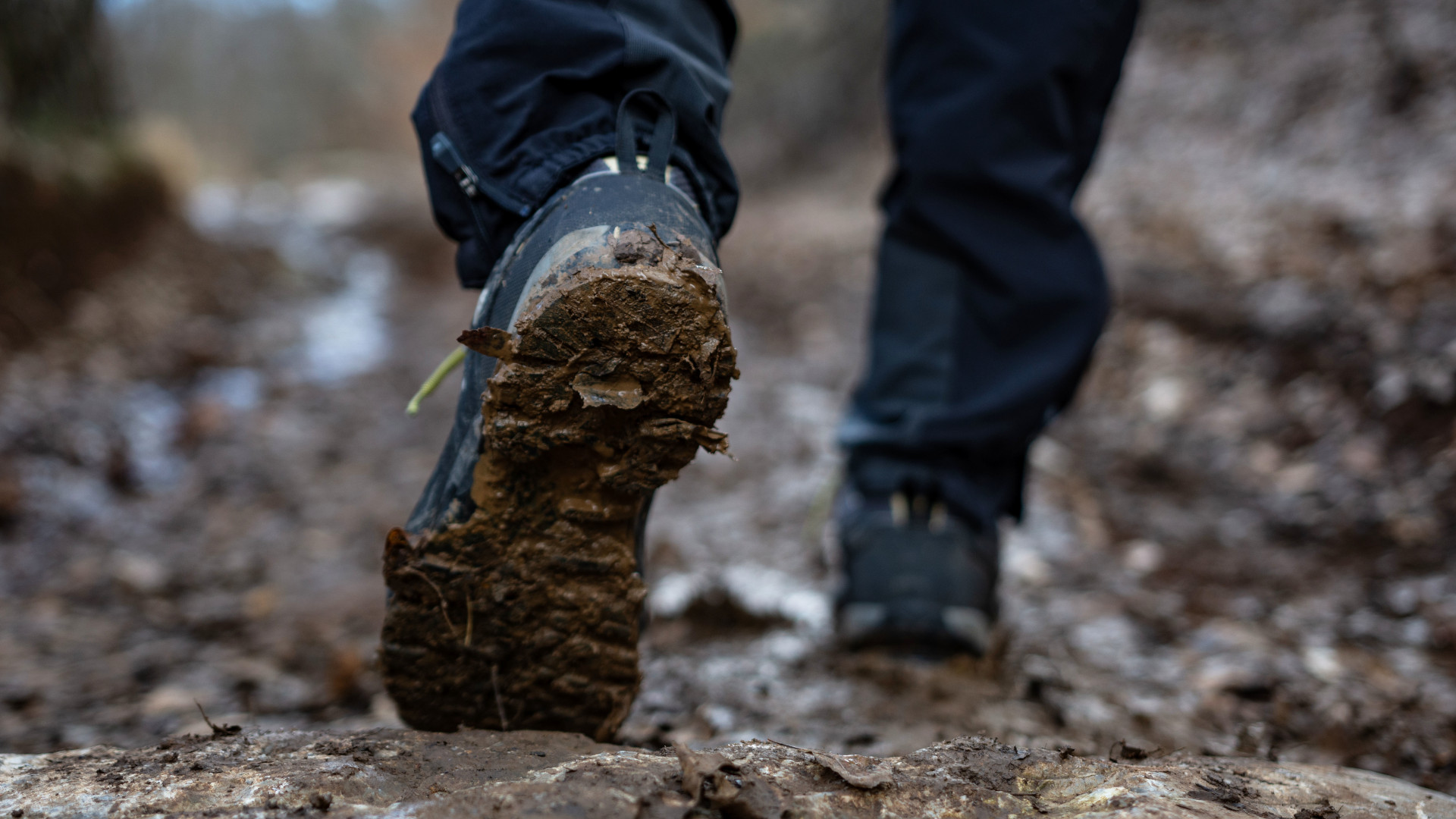
Cleaning your hiking boots or walking shoes may be the last thing you want to do after your time on the trails but, if you want to extend their lifespan then you have to. Leave them wet and dirty, and you’re running the risk of the materials rotting and degrading, and you’ll probably be forking out for another pair of shoes sooner than you expected.
But, it's not just the mud you need to be wary of. Waterproof outdoor shoes will have a durable water-repellent coating to prevent water, mud, and debris from entering them. Eventually, this will wear off, but it can deteriorate even quicker if you leave them to build up with dirt and grime, so it's key you keep them clean.
Below, Ben Darby, an outdoor expert at Trekitt, breaks down how to clean your hiking boots in five simple steps, so that you can keep your feet dry and comfortable for your next outdoor adventure.
How to clean your hiking boots
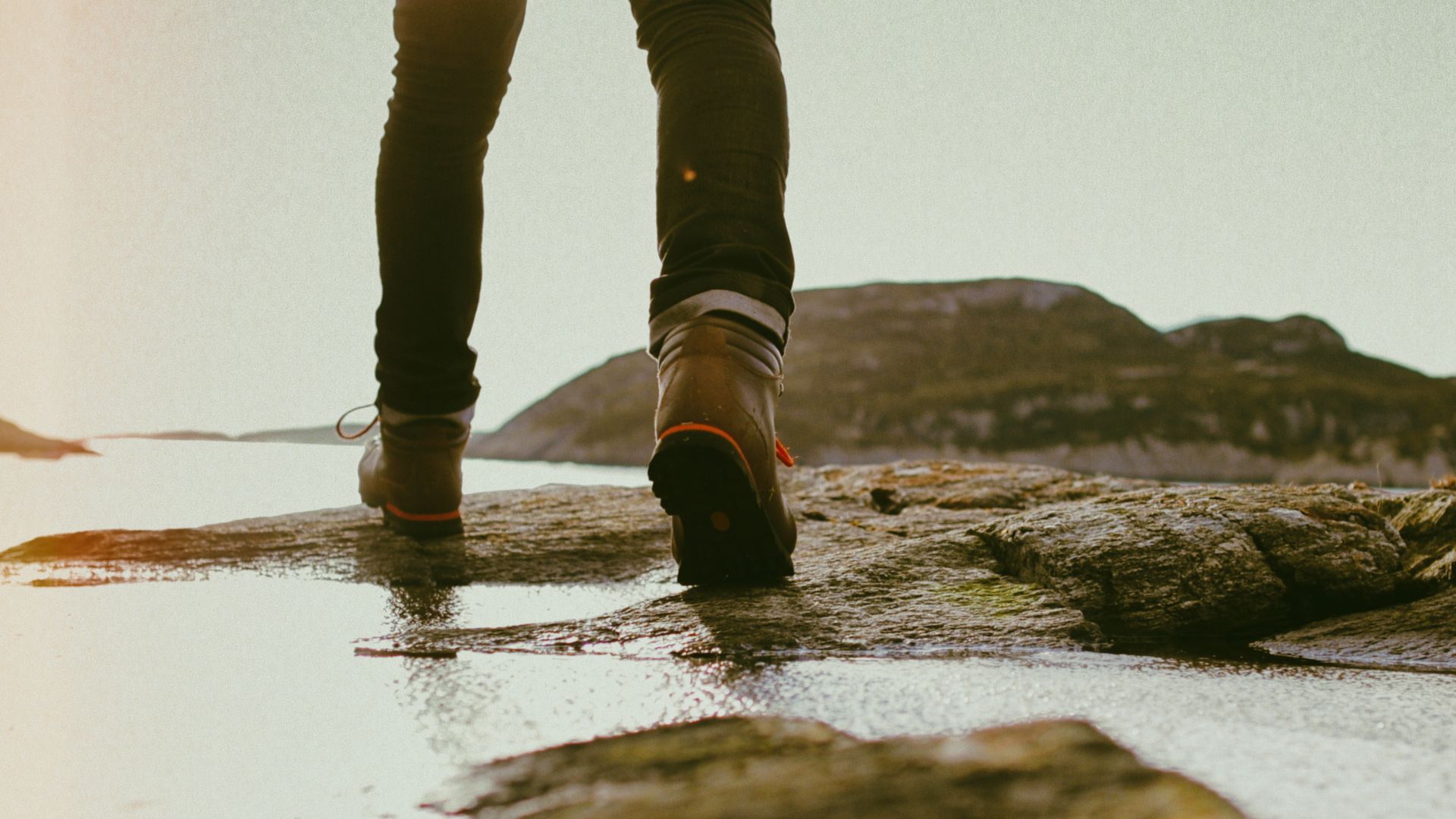
You will need:
- Footwear cleaner (Ben's top picks: Nikwax Footwear Cleaning Gel or Grangers Footwear Cleaner)
- Washing up liquid
- A soft, nylon brush e.g. a nail brush
- Bits of scrunched up newspaper to soak up water from inside the boot
How to clean hiking boots
1. Rinse the exterior of the boots with cool water to remove any dirt and debris
Remove the laces in order to get to the crevices of your boots and give these a good clean too. Submerge your laces in warm, soapy water (washing up liquid is fine for this part). Let them soak for 15-20 minutes, scrubbing them with a brush afterward to remove any leftover stains. Rinse when done and hang to dry away from direct sunlight. You can also pop them in the washing machine or soak them in warm water with a tiny bit of detergent for 20 minutes if they require extra cleaning.
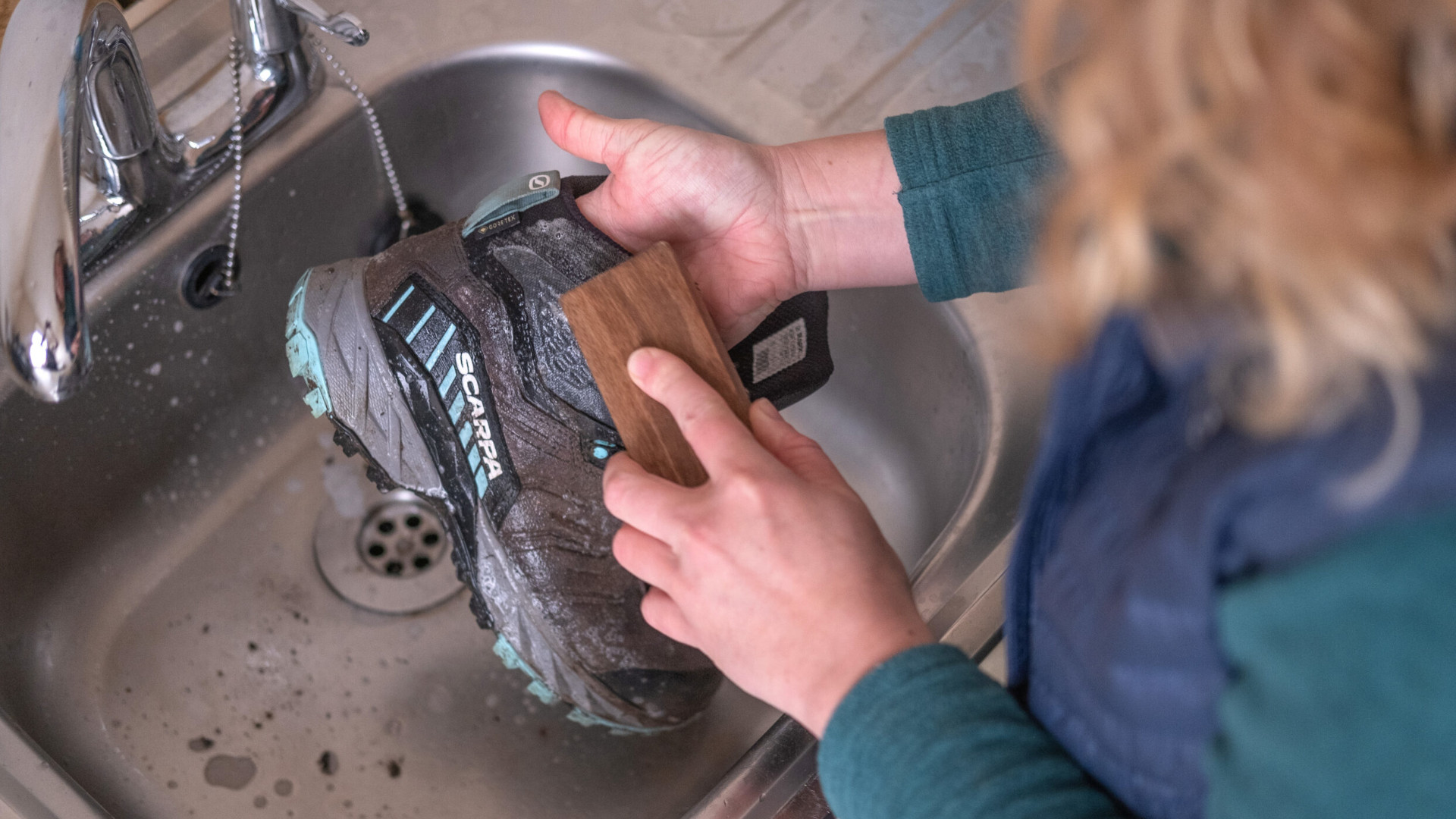
2. Apply your footwear cleaner to the outer layer of your footwear
Always read the label on the product you are using to ensure that you are applying it correctly. Apply the cleaner to the whole outer layer of the boots, including the sides and bottoms of the soles and use a nylon brush to work the cleaner into the fabric of your boots. When applying the cleaner to the soles – be ready for some splashback!
3. Take out the footbed and fill the boot with up to an inch of water
Carefully clean the inner fabrics of your boots with the same cleaner you used for the outer layer. However, make sure you use a soft brush for this, as tough brushes can damage the inner fabric or waterproof membrane of your boots.
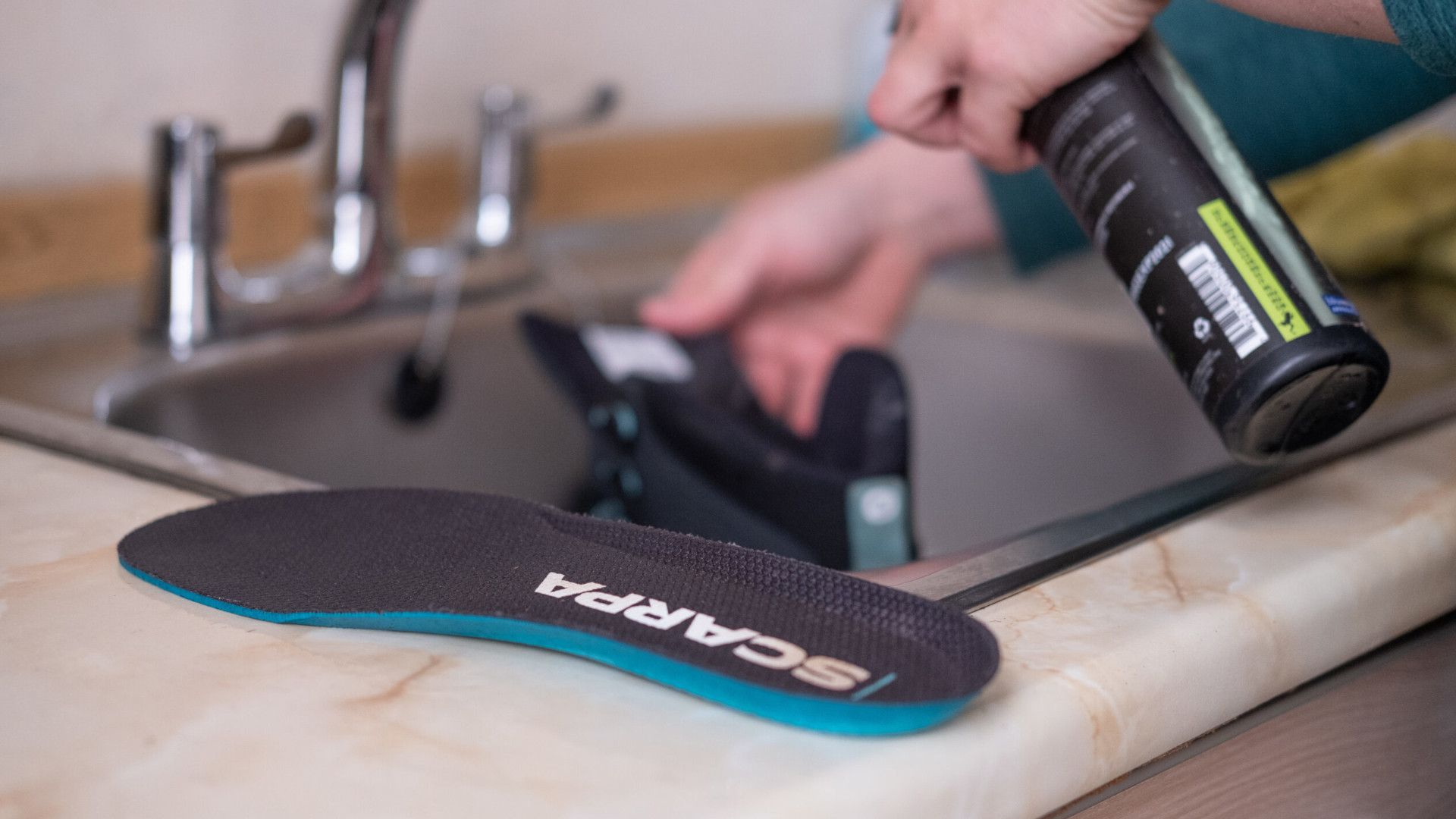
4. Leave your boots to air dry
Make sure you do this away from direct sunlight and heat sources (avoid putting them by the radiator or a fire to dry quicker). To speed up the process, you can put loosely scrunched up pieces of newspaper inside your boots until they are thoroughly soaked. Be careful to not squeeze the newspaper in too tightly though, as this could distort the shape of your boots while they are still wet and pliable.
5. Reproof your boots (if needed)
To determine this, once your boots are fully dry, pour a little water on the outer layer. If it beads off, you’re good to go. If it just sinks into the fabric, you’ll need to reproof your boots. To reproof your fabric or leather boots, start by very lightly dampening them again. Use a proofing spray such as Grangers Footwear Repel Plus or Nikwax Fabric and Leather Proof, following the instructions on the label. This is usually as easy as applying, leaving for a short moment and wiping off any excess. Again, leave to dry away from heat and direct sunlight.
Things to avoid
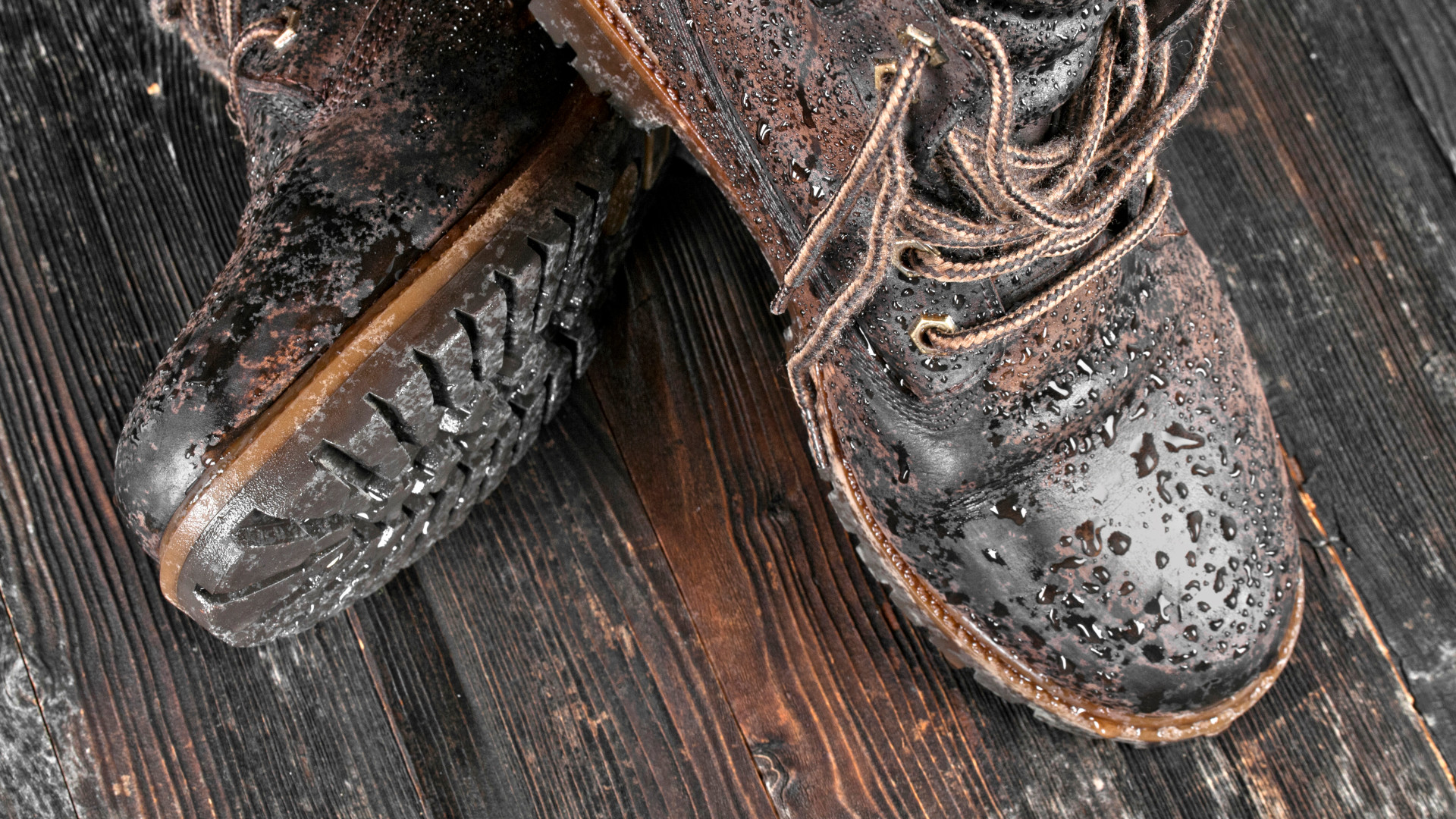
- Don’t let dry or damp mud sit on your footwear for long periods of time, as this can dry out the fabrics and lead to the stitching becoming rotten.
- Avoid direct sunlight and heat sources when drying your boots – this can lead to cracks in your leather or glue falling apart
- Don’t use a tough brush when cleaning the inside of your footwear, it may damage the inner fabrics and waterproof membrane of your boots
- Leather hiking boots should never be soaked or fully submerged in water as this will ruin the leather, so only wet the areas that need cleaning, making sure they are damp and not soaking
- Never use harsh cleaning products on your boots, the fabrics are delicate and should only be washed with specifically designed cleaners







